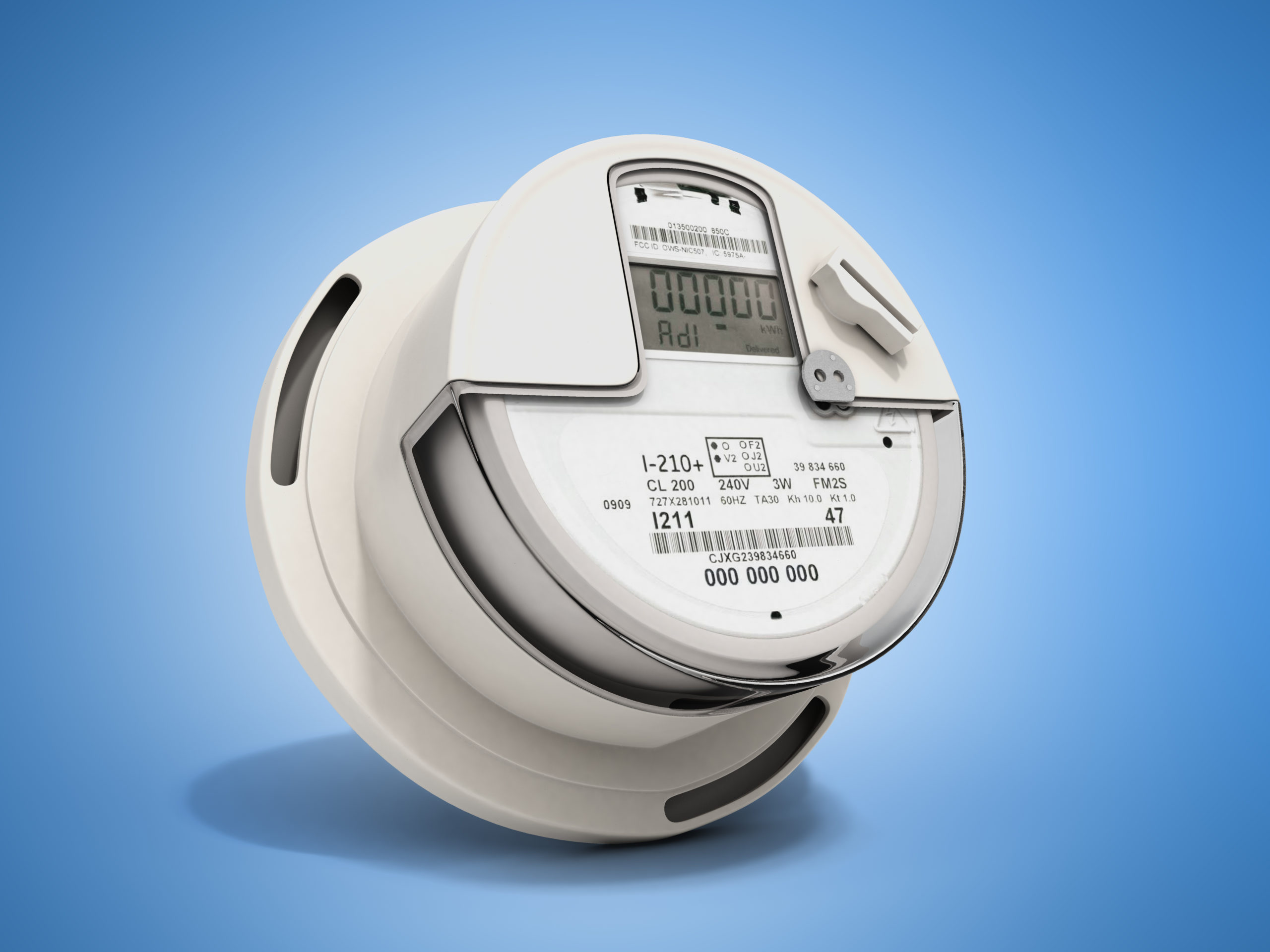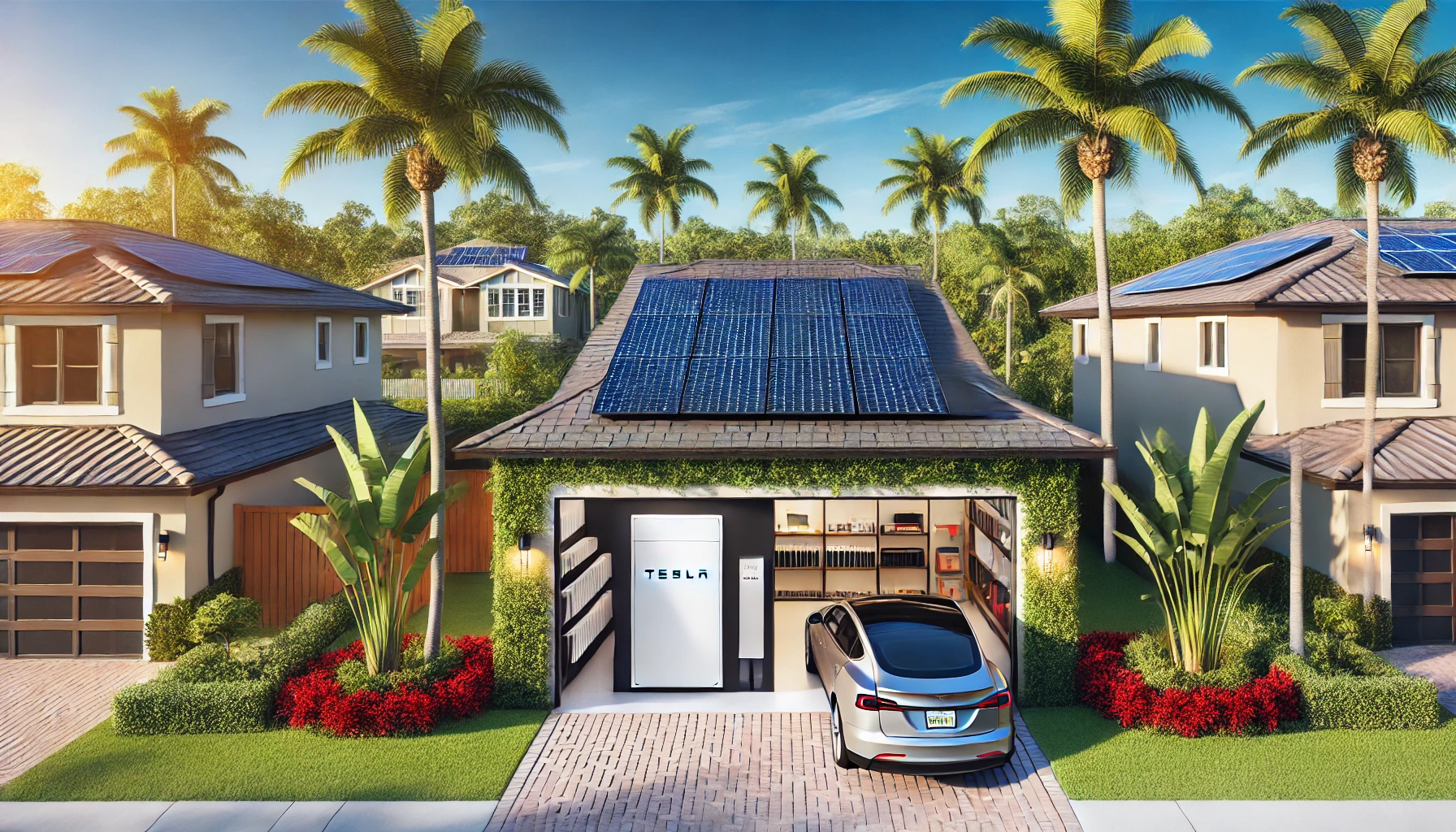You might think it self-evident that solar panels would operate most effectively in strong sunlight. And this assumption is broadly correct. But that’s not to say that your panels will not function at all in the cloud or rain.
And in certain atmospheric conditions, clouds may even produce a surge in the amount of electricity they generate.
It’s important to understand how different types of weather may affect your system and what you can do to maximize its efficiency in all situations.
Cloudy Conditions
Clouds reduce the amount of sunlight hitting the photovoltaic (PV) cells of your solar panels and thereby decrease their energy production. But the loss is less than you might imagine.
Even on the gloomiest and most overcast of days, your system will probably be able to run at around 70% efficiency. And the kind of wispy, fair-weather clouds that temporarily obscure the sun on otherwise clear days will have even less effect – perhaps reducing output by a mere 10% or less.
Interestingly too, these kinds of clouds may also produce a temporary surge in output. It’s called the “cloud edge” effect and happens as the cloud begins to move across the sun, reflecting its light and increasing its intensity.
Rain
A rainy day will reduce your solar system’s efficiency the same way as a cloudy but dry day. But rain in itself should not negatively affect power output over the effects of a cloudy day.
In fact, rain may even be beneficial to your system’s efficiency by flushing away much of the accumulated dirt, dust, pollen, and fallen leaves that may reduce the amount of sunlight getting through to the PV cells of your panels.
Snow
Likewise, when snow is falling, the associated cloudy skies will reduce your system’s efficiency in the same way as rain clouds. But there is nothing to fear from a light covering of snow on your panels, as sunlight will pass through the coating.
Also, lying snow may increase your installation’s output by reflecting and intensifying the sunlight received by your panels. And since these are generally installed at an angle, the snow will, in any case, quickly fall off them, a process accelerated by the heat they produce.
In the worst case, if a heavy fall of snow does remain stuck to your panels, you can brush it away without fear of damage. Finally, melting snow will have a cleaning effect, much like rain, thereby increasing the panels’ efficiency.
Wind and Storms
Windy conditions will not in themselves reduce the efficiency of solar panels. But as solar installations are generally installed on the ground or on rooftops, they may be vulnerable to damage from falling branches or other debris in very high winds.
Hurricanes and less severe storms are also associated with very heavy rainfall, and the same considerations of efficiency apply to a more typical rainy day. High-quality installations are engineered to remain securely in place even in very high wind speeds. But it is worth looking at the location of your installation to see what threats there might be from nearby trees or buildings.
Finally, lightning can be a threat to solar panels, as to any other electrical installation. Direct strikes, which can cause catastrophic damage to a system, are fortunately very rare. But the far more common indirect strikes can lead to power surges that will damage the installation components and, over time, significantly reduce its efficiency.
The good news is that effective power surge protection can easily be built into an installation and, with regular maintenance, will mostly avoid this problem.
The Ideal Weather Conditions for Solar Panels
It would seem self-evident that long hours of sunshine from a clear blue sky are the ideal conditions for solar panels to operate at maximum efficiency. And that locations such as Arizona, New Mexico, and Colorado would be the best place to install them.
But the reality is more complex. For one thing, prolonged high temperatures exceeding 90 degrees F, such as are commonly found in southern latitudes and desert environments, have been found to reduce panel efficiency.
Why Solar Works Everywhere
Therefore, counter-intuitively, the cooler summers of the north and east may allow installations to work more effectively, particularly given their longer daylight hours. That said, the dark, cloudy and snowy winters in these regions will reduce the amount of electricity produced.
For these reasons, it is hard to specify the ideal climate or region in which to install solar panels, though cool, sunny weather – where it can be found – is probably optimal. The most important thing to realize is that today’s solar panels effectively reduce energy costs in all locations, climates, and short-term weather conditions.
All that’s necessary for success is to use the services of a high-quality, professional solar company that will be able to design and install a system that precisely suits your needs and the conditions of your area.





